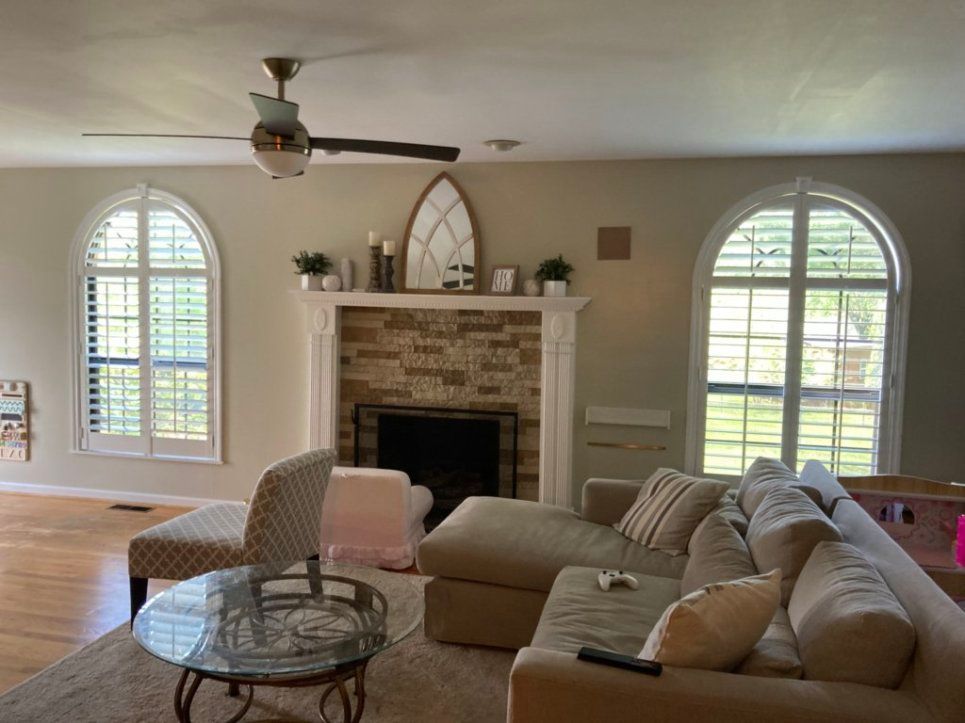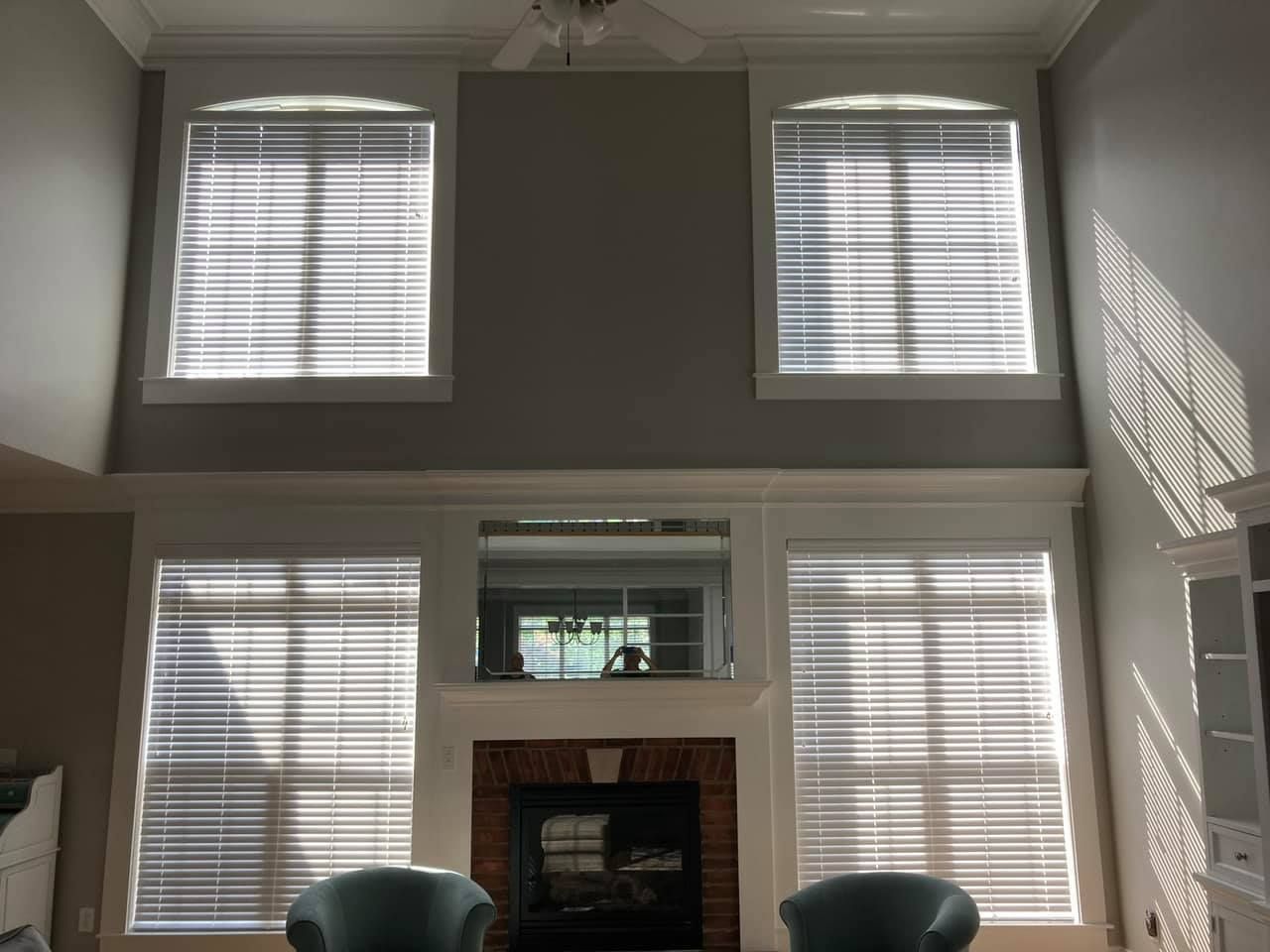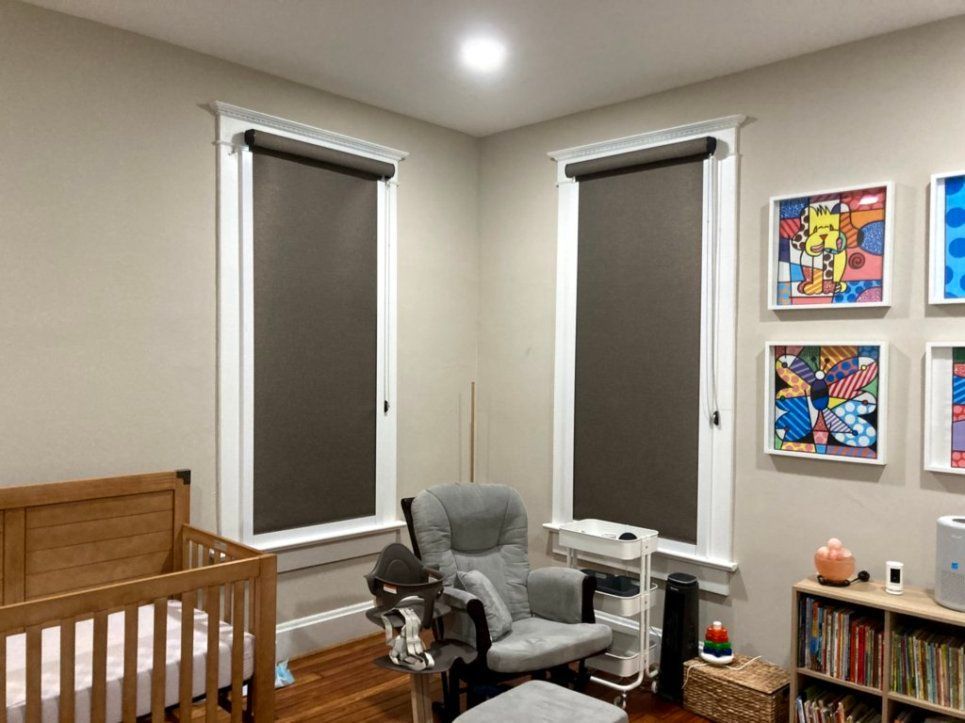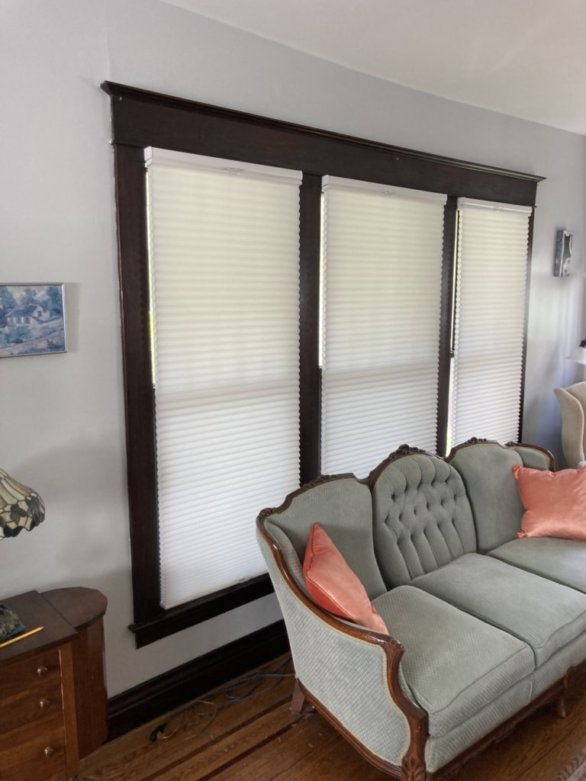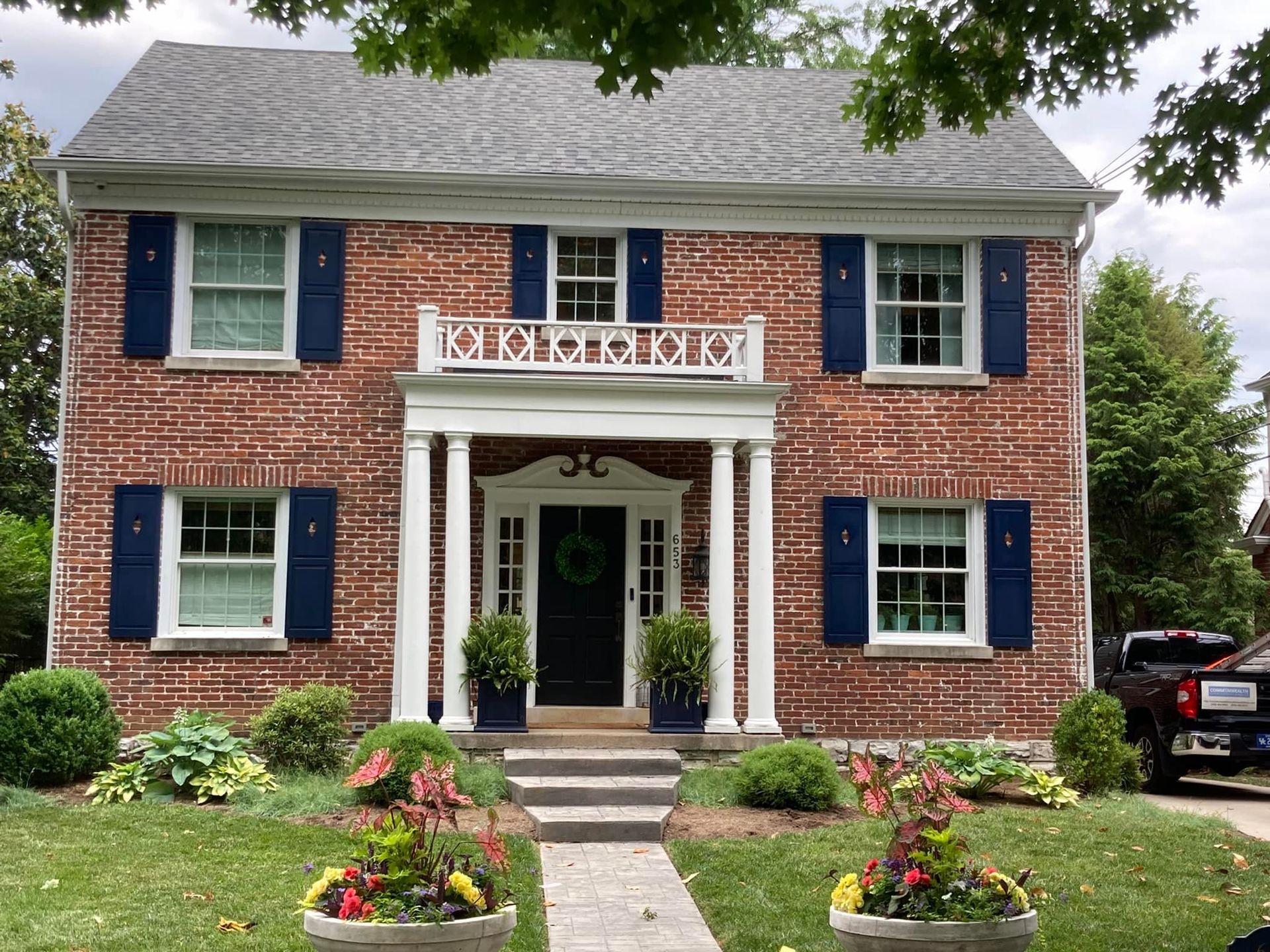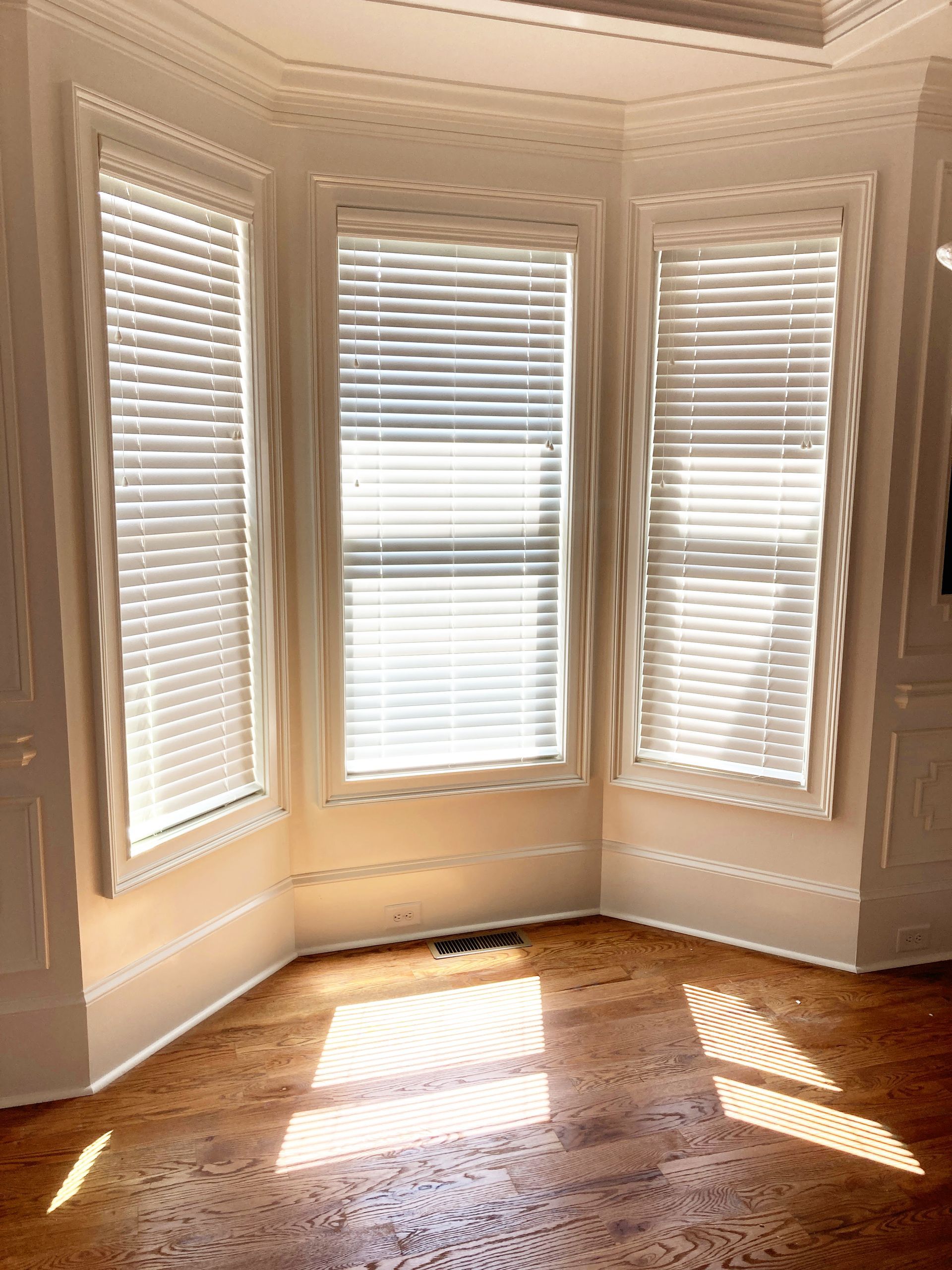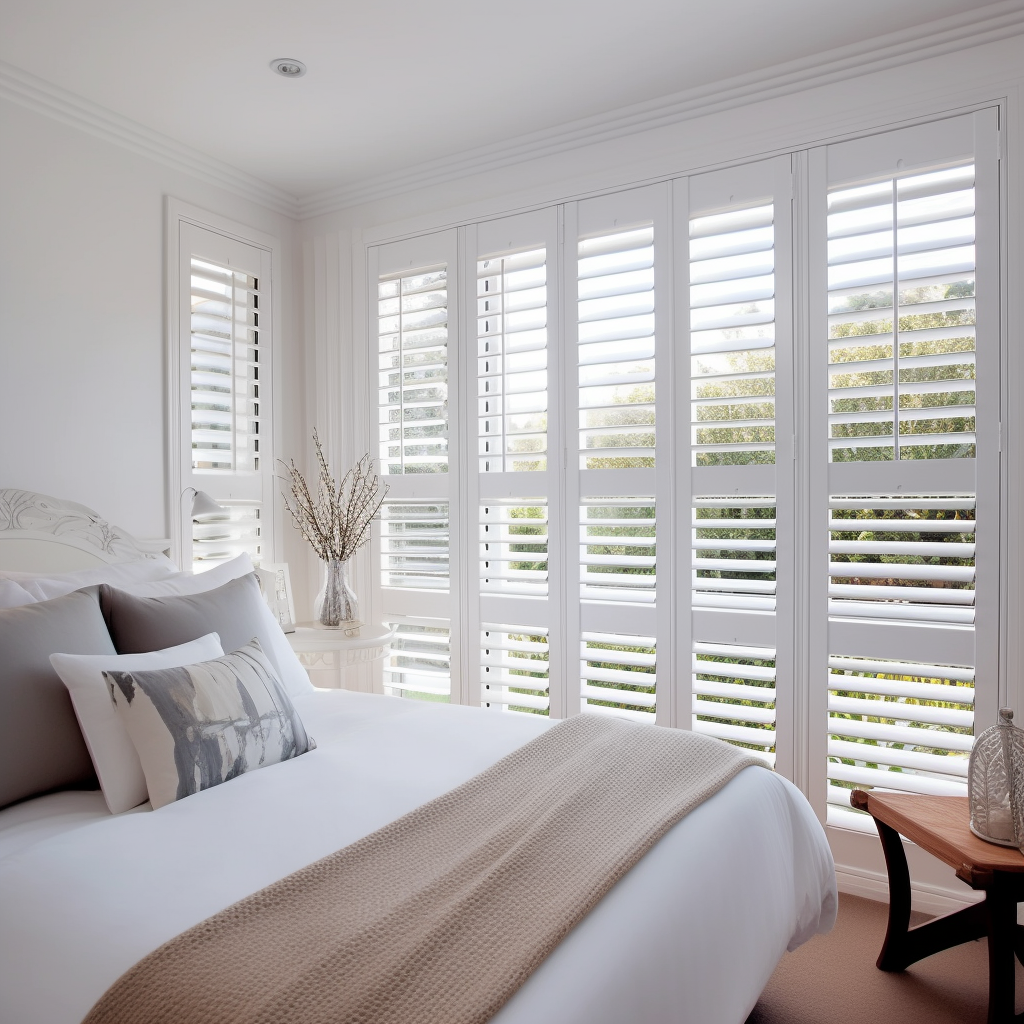Selecting Fabric Weights for Roller Shades That Withstand Kentucky Sun
November 13, 2025
Kentucky sunlight can be intense, especially during long summer afternoons. Homes in Lexington often have large windows that welcome natural light, but too much direct sun can lead to fading furniture, uncomfortable glare, increased indoor temperatures, and a noticeable strain on air conditioning. Roller shades are a strong solution, but their effectiveness depends heavily on choosing the right fabric weight and weave density.
The goal is not just to block light—it’s to
control heat, protect furnishings, maintain visibility, and keep rooms feeling comfortable. This guide explains how fabric weight works, why it matters in Kentucky’s climate, and how to choose a roller shade fabric that performs well over time.
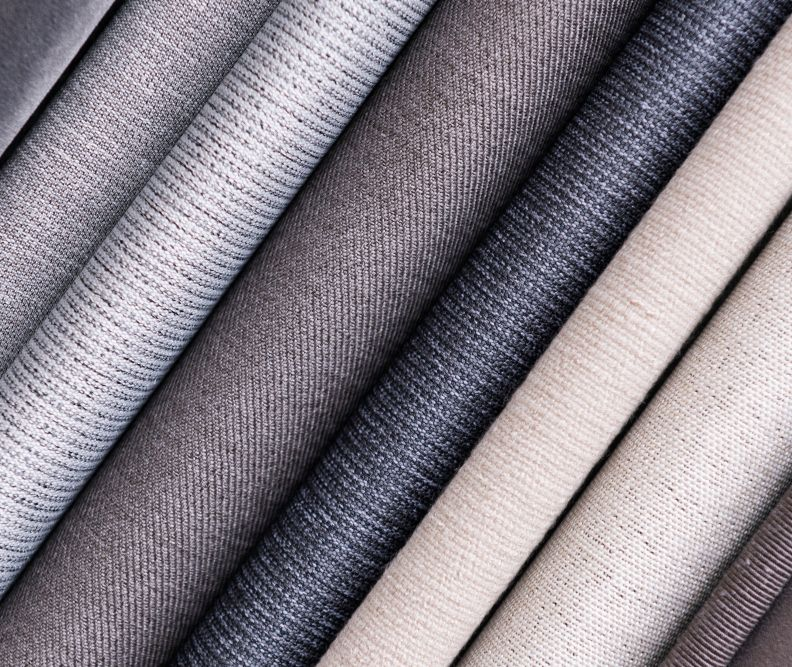
Understanding Fabric Weight in Roller Shades
Fabric weight refers to how dense, thick, and tightly woven the roller shade material is. Different fabric weights change how much heat and light are allowed into the room.
Roller shade fabrics generally fall into three functional categories:
Light Filtering
These fabrics soften daylight without darkening the room. They work well in shared spaces where natural light is welcome but glare needs to be reduced.
Room Darkening
These fabrics reduce more light and help control brightness while still providing some indoor softness. They are useful for bedrooms, media rooms, and office spaces.
Blackout
These fabrics block nearly all incoming light. They’re best for rooms where privacy or sleep quality is a priority, such as bedrooms or nurseries.
The takeaway: Fabric weight determines how much comfort and control you get—not just how the shade looks.
Why Fabric Weight Matters in Kentucky
Kentucky weather brings strong seasonal sunlight and high humidity, both of which can affect indoor comfort. Roller shade fabric must manage:
- Glare in the afternoon
- UV exposure that causes fading
- Heat gain that increases cooling costs
- Light direction that shifts seasonally
Heavier fabrics or fabrics with tighter weaves help block more heat and UV rays, making interiors feel noticeably cooler during peak sunlight hours.
The right fabric weight allows you to filter or soften sunlight, rather than losing it completely.
Key Factors to Consider When Choosing Fabric Weight
When evaluating roller shade fabrics, consider how each room behaves throughout the day.
Light Control Needs
Different rooms require different levels of light:
- Living rooms often do best with light-filtering fabrics that maintain brightness without glare.
- Bedrooms benefit from room darkening or blackout shades to support restful sleep.
- Kitchens often require washable and breathable fabrics that manage heat while preserving visibility.
Sun Exposure and Window Direction
South- and west-facing windows in Kentucky receive the strongest sunlight.
These windows benefit most from denser fabrics or solar shade materials that reduce heat and UV impact.
Openness Factor (Solar Shade Weave Percentage)
Solar roller shade fabrics are measured by openness percentage, meaning how much of the material is open space.
To help clarify how openness percentage influences performance, here’s what the levels generally indicate:
- 10% openness
→ Allows the most outward visibility but provides the least heat control.
- 5% openness
→ Balances outward view and heat reduction.
- 3% openness
→ Stronger heat control with moderate visibility.
- 1% openness → Maximum heat reduction and privacy with limited outward visibility.
A 3–5% openness works well for most living spaces in Lexington.
A Clear Process for Selecting the Right Fabric
Instead of guessing or relying on visual samples alone, use this step-by-step approach:
- Identify the direction of the window.
South and west windows typically require lower-openness or heavier fabrics. - Decide how much natural light you want to maintain.
If you enjoy bright interiors, choose light-filtering rather than blackout. - Determine daytime and nighttime privacy needs.
Street-facing windows may need more density than back-facing ones. - Match texture and color to the room’s decor.
The same weave weight can come in many visual styles. - Evaluate whether motorization makes operation easier.
Heavier fabrics and tall windows often benefit from motorized lifts for smooth operation.
This keeps the process functional, not overwhelming.
Practical Examples in Lexington Homes
Here are common window conditions seen locally and the fabric types that typically perform well:
- Large windows with afternoon sun
→ Solar shade, 3–5% openness for balanced light and heat control - Bedroom facing sunrise
→ Room darkening or blackout roller shade for sleep comfort - Kitchen with strong late-day heat
→ Solar shade, 3% openness to reduce glare and cool the space - Home office with screen glare
→ Solar shade, 1–3% openness for visibility without reflection
These are patterns—not hard rules. A home visit refines the choice based on actual light behavior.
FAQs
- Do darker shade fabrics block more heat?
Not always. Dark fabrics reduce glare and maintain outward visibility, but light-colored fabrics often reflect heat better. The weave density matters more than color alone. - Will roller shade fabrics fade over time?
High-quality UV-stabilized fabrics resist fading. Choosing commercial-grade or performance materials extends longevity. - Are blackout roller shades always completely dark?
The fabric is blackout, but slight edge light may show unless side channels are used. - What fabric is best for south-facing windows in Kentucky?
A medium-weight solar fabric with 3% openness typically provides strong heat control without over-darkening the room. - Can you achieve privacy without losing natural light?
Yes. Light-filtering and certain solar shade fabrics offer daytime privacy while preserving brightness.
Conclusion
Selecting the right roller shade fabric weight is about finding the balance between comfort, performance, and style. The sun exposure patterns in Kentucky require materials that can manage heat and glare while still supporting natural light and maintaining the feel of your space.
By considering window direction, privacy needs, fabric density, and openness percentage, you can choose roller shades that not only look good—but genuinely improve how your home feels throughout the day.
A
professional consultation ensures fabric selection aligns with your home’s layout, lighting habits, and design goals.
